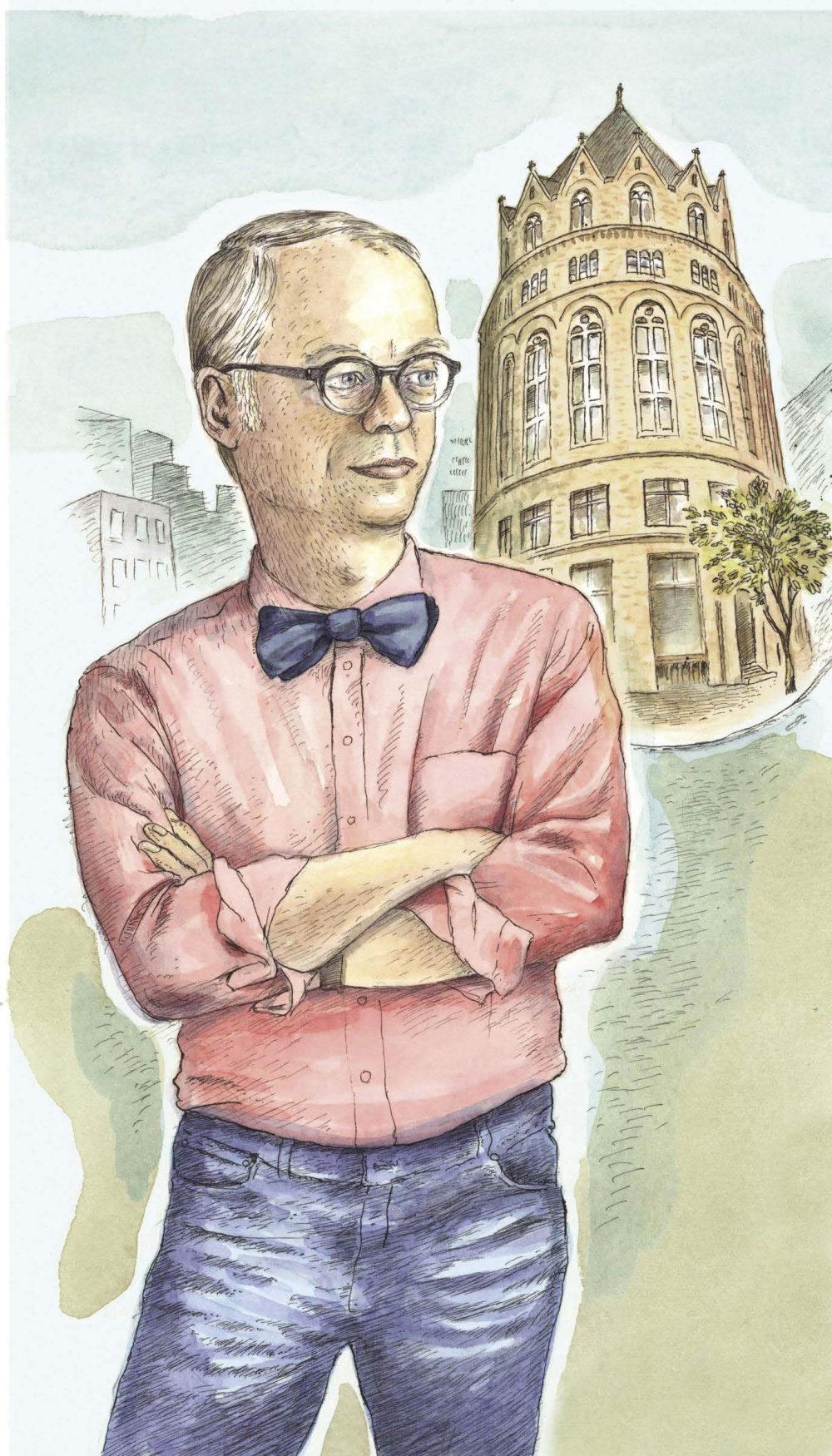Your email address is required to begin the subscription process. We will use it for customer service and other communications from Milk Street. You can unsubscribe from receiving our emails at any time.
Welcome to the Diner!
Back to January-February 2022

A friend of mine, Ed Levine, who founded Serious Eats, wrote a piece about diner food and why it is one of the last great “bastions of civility, service and dare I say grace available to all economic strata in this country.” The American diner began in the 1870s as “night lunch wagons” that fed late-shift workers who wanted a quick, hot meal. They soon were called dining cars, and in the 1920s, the term was shortened to diners.
Some say diners remind us of home. But after giving this considerable thought over a cheeseburger and fries, I disagree. At home, I never was served diner food—meatloaf, biscuits, iced tea—nor was I served breakfast for dinner. No, sir! Dinner in our household was a more formal affair with cloth napkins, polite conversation and the occasional “Please pass the potatoes.” By comparison, diner food is ramshackle, wisecracking and hodgepodge, and—more about this later—a groaning board of what any 8-year-old really loves to eat.
The best thing about diner food, I propose, is that one never discusses the food itself. It offers a setting to discuss everything else in life: marriage, kids, love affairs, work, hunting, trucks and, of course, local gossip.
How many fancy dinners have we all endured where one of the party plays the guessing game, trying to discern which herb or spice is in the dish? How many origin stories do we need to suffer with details of the provenance of whatever has been slaughtered, aged, cooked and sauced before it landed on our plate? Or, worst of all, when the budding oenophile regales the trapped audience with first impressions of the nebbiolo as it rises up the olfactory passage? At those times, one wishes that the wine could travel inconspicuously and quickly into our digestive tract.
In a diner, however, the tuna melt or turkey hash is merely stage dressing for the real activity, the sharing of life’s best and worst moments. I have spent early mornings at the Country Gals Café in Cambridge, New York, with my hunting buddy, Tom; enjoyed rice pudding at a diner on upper Madison Avenue with writer Adam Gopnik; and, as a kid, stopped at the diner in Hillsdale, New York, on the way to Vermont, where I always ordered a slice of cold lemon meringue pie from the glass case, the meringue frothed with slightly burnt highlights and the lemon custard well set, a hint of bitter, smooth and sweet—the perfect foundation for life.
It is this ecosystem of the familiar that makes the diner so desirable. It is the food that we crave from some unfulfilled childhood—unadorned in description and soulful in appeal: cheesy, grilled, toasted, meaty, creamy, wrapped and sandwiched. The only time you will see French on the menu is French toast. And the selections have not changed with the times: You can still get a Knockwurst dinner; salads are “garden,” “Greek” or “chef”; and clam chowder is only served on Friday. The food is plentiful—you can order five large slices of French toast or 36 “wild wings”—and cheap. And everything comes with a side, from onion rings to cheese fries. Healthy eating is forbidden except for egg white omelets. The food does not challenge us; it comforts.
Years ago, I had lunch at Da Gino, off a tiny side street in Rome. When my wife did not finish her pasta, the waiter picked up her plate and looked at her with comic disappointment. And when I dove into my loaded plate, he begged me to slow down using exaggerated pantomime. In Venice, a few years later, we ate at a small nondescript eatery without menus, where a long table of midday workers launched into song from time to time, the waitress joining in, ready with the daily special—wisecracks, wine and pasta.
This is what the world has always known about food and what the American diner has thankfully preserved—food offers democracy and community, an ode to joy, where everyone is welcome, where the food on the plate is the invitation, not the main event. Salut!

